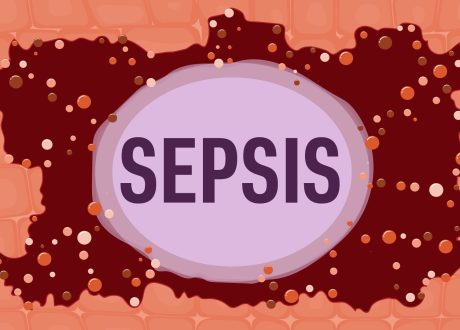Richard M. Nowak, MD*; Robert H. Christenson, PhD; Gordon Jacobsen, MS; James McCord, MD; Fred S. Apple, PhD;Adam J. Singer, MD; Alexander Limkakeng, Jr, MD; William F. Peacock, MD; Christopher R. deFilippi, MD
*Corresponding Author.
E-mail: rnowak1@hfhs.org
Study objective
We determine the accuracy of high-sensitivity cardiac troponin I (hs-cTnI), European-derived, rapid, acute myocardial infarction, rule-out/rule-in algorithms applied to a US emergency department (ED) population.
Methods
Adults presenting to the ED with suspected acute myocardial infarction were included. Plasma samples collected at baseline and between 40 and 90 minutes and 2 and 3 hours later were analyzed in core laboratories using the Siemens Healthineers hs-cTnI assays. Acute myocardial infarction diagnosis was independently adjudicated. The sensitivity, specificity, and negative and positive predictive values for rapid acute myocardial infarction rule-out/rule-in using European algorithms and 30-day outcomes are reported.
Results
From 29 US medical centers, 2,113 subjects had complete data for the 0/1-hour algorithm analyses. With the Siemens Atellica Immunoassay hs-cTnI values, 1,065 patients (50.4%) were ruled out, with a negative predictive value of 99.7% and sensitivity of 98.7% (95% confidence interval 99.2% to 99.9% and 96.3% to 99.6%, respectively), whereas 265 patients (12.6%) were ruled in, having a positive predictive value of 69.4% and specificity of 95.7% (95% confidence interval 63.6% to 74.7% and 94.7% to 96.5%, respectively). The remaining 783 patients (37.1%) were classified as having continued evaluations, with an acute myocardial infarction incidence of 5.6% (95% confidence interval 4.2% to 7.5%). The overall 30-day risk of death or postdischarge acute myocardial infarction was very low in the ruled-out patients but was incrementally increased in the other groups (rule-out 0.2%; continued evaluations 2.1%; rule-in 4.8%). Equivalent results were observed in the 0/2- to 3-hour analyses and when both algorithms were applied to the hs-cTnI ADVIA Centaur measurements.
Conclusion
The European rapid rule-out/rule-in acute myocardial infarction algorithm hs-cTnI cut points can be harmonized with a demographically and risk-factor diverse US ED population









